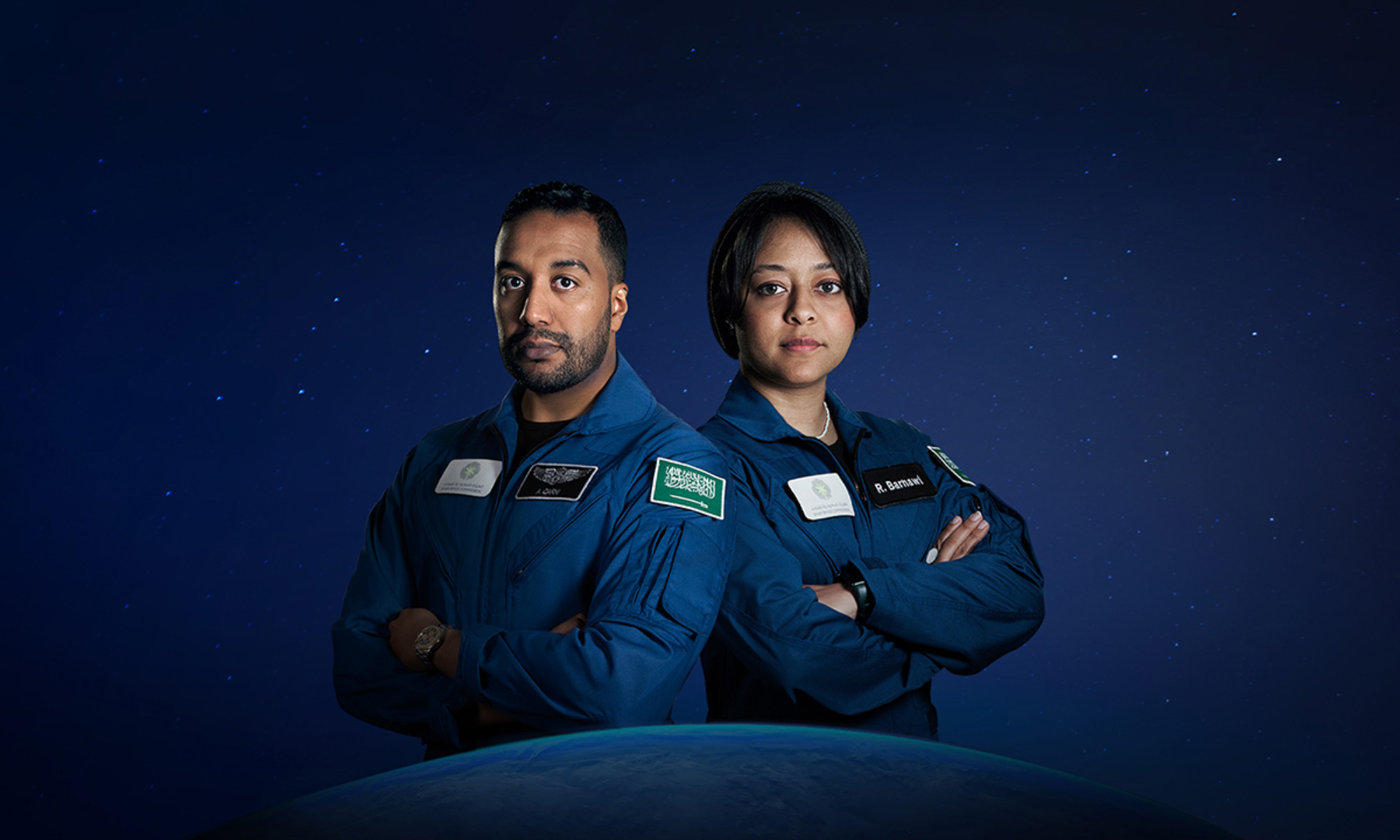News
The First Female Saudi Astronaut Heads To Space On May 21
Rayyanah Barnawi is the first Arab Muslim female astronaut to journey to space, joining her teammate Ali AlQarni aboard the International Space Station.

On May 21, 2023, the Arab world will witness another historic mission to space as Rayyanah Barnawi, the first Arab Muslim female astronaut, blasts off from the United States on a journey to the International Space Station.
The mission is part of Saudi Arabia’s ambitious space research program and aligns with the Kingdom’s Vision 2030 manifesto. During the mission, Rayyanah Barnawi and teammate Ali AlQarni will conduct groundbreaking scientific experiments aimed at furthering human space exploration, as well as using live feeds to engage with 12,000 Saudi students.
Also Read: Dubai’s Self-Driving, Electric Abra Blends Tech With Tradition
Once the mission has been successfully completed, Saudi Arabia will join a select few countries that have simultaneously sent two astronauts to the International Space Station.
The May 21 mission represents a significant milestone for Saudi Arabia’s space program, which aims to prepare future engineers and astronauts for further space-related assignments.
News
Mamo Completes $3.4M Funding Round To Enhance Fintech Services
The startup will use the influx of cash to expand into Saudi Arabia and across the wider GCC while improving its product offering.

UAE-based fintech Mamo has announced the completion of a $3.4 million funding round that will help the startup extend its market presence and improve its product offering. Investors included 4DX Ventures, the Dubai Future District Fund and Cyfr Capital.
Mamo’s platform offers “payment collection, corporate cards and expense management” to help small and medium-sized businesses consolidate and streamline their operations. With the latest influx of capital, Mamo will further develop its comprehensive suite of services and begin testing its product lines in Saudi Arabia, further extending its footprint across the GCC.
Imad Gharazeddine, co-founder and CEO of Mamo, stated: “We’ve been in the market for a while now and are incredibly proud of what our team has achieved. The holistic and expansive nature of our product offering has helped us continue to grow sustainably. This additional funding will allow us to reach our medium-term goals even faster. The support from new and existing investors is a testament to our strong expertise and the ability to deliver on our customer promise”.
Daniel Marlo, General Partner of lead investor 4DX Ventures, added: “We have immense trust in Imad’s vision, leadership and Mamo’s innovative approach to provide a user-friendly and comprehensive financial solution for SMEs that makes financial management more accessible and efficient. We are proud to partner with them and support their mission”.
Also Read: A Guide To Digital Payment Methods In The Middle East
Amer Fatayer, Managing Director of Dubai Future District Fund’s investment team, also commented: “Mamo’s localized product lines serve as an infrastructure for SME payments and spend management in UAE, a segment that is underserved by the country’s current banking infrastructure. The team has taken a product-first approach to consolidating SMEs’ financial journeys and building a fintech solution deeply embedded in a business’s core operations”.
To date, Mamo has raised around $13 million in investment funding and now boasts a team of 30 people. The company’s intuitive financial services platform has allowed over 1,000 businesses to consolidate their financial operations and significantly reduce payment fees.
-

 News4 weeks ago
News4 weeks agoAmazon Prime Day 2024: Get Ready For 6 Days Of Amazing Deals
-

 News4 weeks ago
News4 weeks agoSamsung Unpacked 2024: What To Expect From The July 10 Event
-

 News4 weeks ago
News4 weeks agoCoursera Report Shows Surge In UAE Interest In AI Upskilling
-

 News4 weeks ago
News4 weeks agoMeet Dubai’s Groundbreaking Smart Robot Delivery Assistant
















